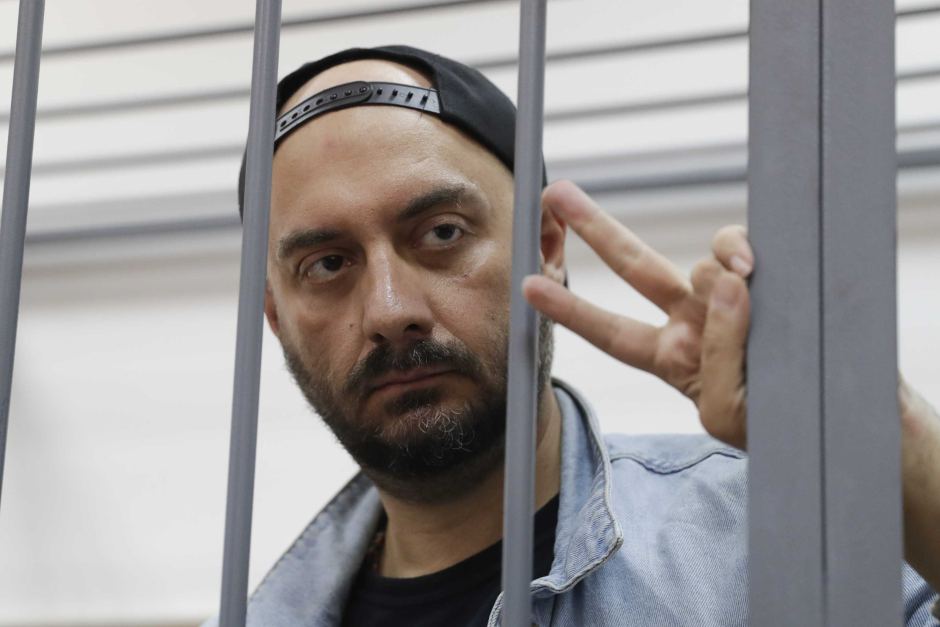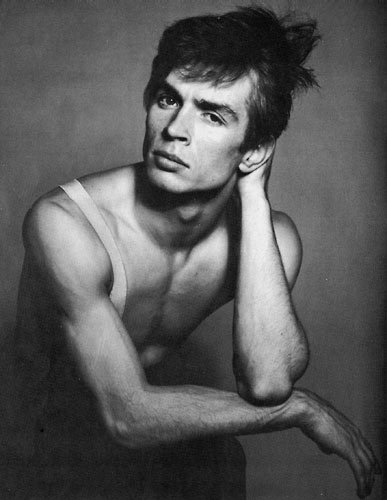‘Banned’ gay Russian ballet finally premieres in Moscow
The show about the life of famed gay dancer Rudolf Nureyev was controversially pulled shortly before opening night earlier this year.

A hotly-anticipated ballet about the life of a gay Soviet dancer has finally premiered in Moscow, months after it was originally scheduled to go ahead.
Nureyev, which follows the life and AIDS-related death of Rudolf Nureyev, made its debut at Moscow’s Bolshoi Theatre on Saturday night (December 9), The Guardian reports.
The original premiere in July was cancelled at the last minute, reportedly after an intervention from the Russian government, unhappy over the show’s gay themes. The director, Kirill Serebrennikov, was arrested just a month later on charges of embezzlement charges – though supporters claim his arrest was politically-motivated.
The first showing of Nureyev went off without incident, though The Independent reports that a previously-teased full-frontal scene featuring images of the gay titular dancer had been cut from the final performance, undermining the Bolstoi theatre’s claim that the original cancellation was not related to censorship.
 The ballet’s director Kirill Serebrennikov remains under house arrest on charges of embezzlement.
The ballet’s director Kirill Serebrennikov remains under house arrest on charges of embezzlement.
Serebrennikov was absent from Saturday night’s premiere while he remains under house arrest, but his colleagues drew attention to his absence after the creative team appeared on stage wearing t-shirts bearing the slogan ‘Free the director’ during the final curtain.
A mixture of ballet, opera and theatre, Nureyev is based around an auction of the late dancer’s possessions after his death, with each possession used as a gateway into a story about his life.

Nicknamed ‘Lord of the Dance’, Rudolf Nureyev began his career in St. Petersburg’s Mariinsky Ballet, before famously defecting from the Soviet Union to the West in 1961. He went on to dance with The Royal Ballet in London and served as director of the Paris Opera Ballet from 1983 to 1989.
He was involved in long-term relationships with fellow dancers including Denmark’s Erik Bruhn and American Robert Tracy before succumbing to AIDS-related illness in 1992, having first being diagnosed with the disease in 1984.
